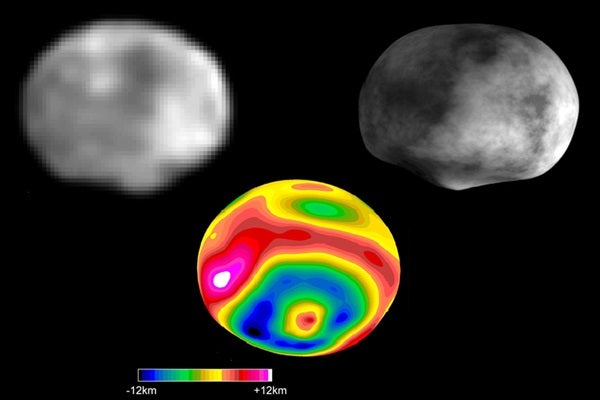By the time NASA’s Dawn mission reached the dwarf planet Ceres in March 2015, it had already accomplished as much as is typically expected in the lifetime of an average spacecraft. But Dawn is not an average spacecraft.
The interplanetary voyager launched in 2007 and used ion propulsion to wind its way across the solar system, building up speed with a gravity assist from Mars in 2009.
This approach to exploration allowed the Dawn team to study the asteroid Vesta for 14 months before departing for Ceres. And at Vesta it helped decipher clues about the rocky body’s history of collisions.
Former Associate Editor Sarah Scoles wrote about Dawn’s finds there for Astronomy’s special issue on space rocks in March 2014.










